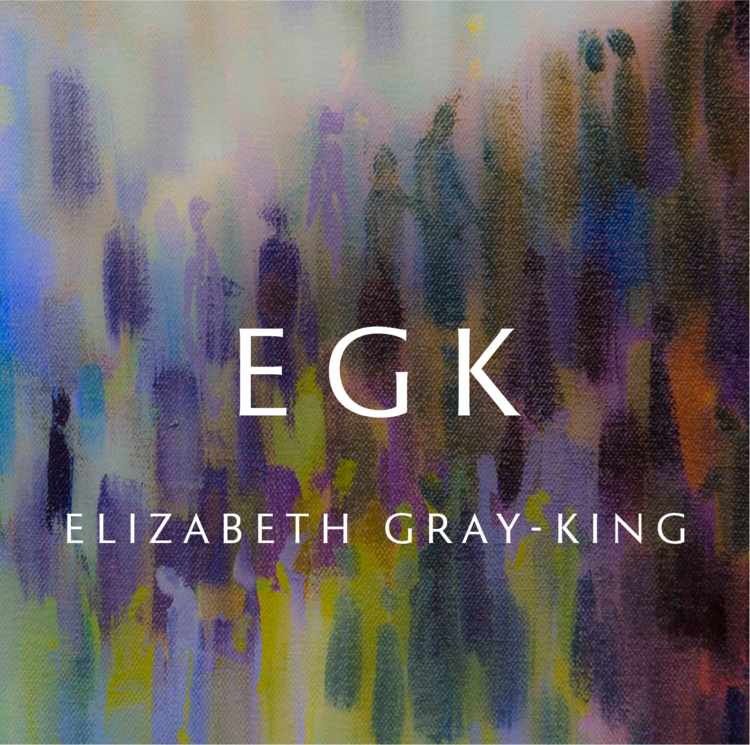Hear
Hear
The world of visual art calls this painting a noisy painting. The colours jostle each other and fight for attention. This is the pull of colour. Hear, particularly, and the rest of the Octave series, relies on the power of colour and its relationship to the human brain in order to say larger and connecting things.
Every colour on the planet is a mix of three primary colours – red, blue and yellow. When our brains see one of these colours on its own, our brains are compelled to want to see the other colours which will make up the whole spectrum. Mixed together, the opposite two primary colours become complementary colours. When we see red, our brains want to see yellow and blue mixed, so green. When we see blue, our brains want to see red and yellow mixed, so orange, and so it goes.
In Hear, each wide stripe is a primary or complementary colour, but they don’t work from left to right in order. In each wide stripe is a small stripe of the larger stripe’s complementary colour. This painting is difficult to see clearly because our eyes keep moving in and out and back and forth.
In the very noise of our own lives, in the noise of our communities, in the noise of our societies, in the noise of our own families, we are simply asked to hear. We are asked not to shut our ears, but to seek out the important sounds in the midst of the noise. There is a shock of a white stripe emerging in Hear. There is peace and light in the midst of any noise, if we hear it.
Hear is in the Octave series and part of the Westhill Endowment collection.

